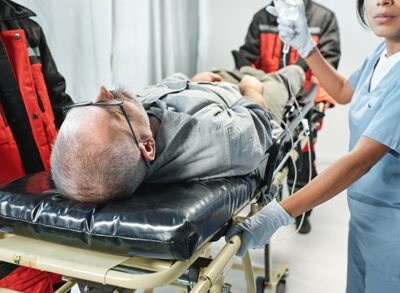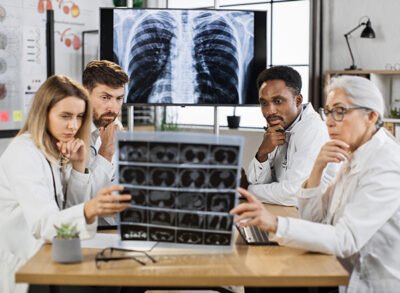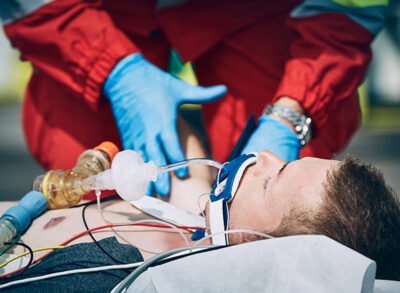Cardiac Course for Emergency
₹8,000.00
Description
1. Cardiogenic Shock – Part 2 Diagnosis and management of shock
2. Understanding Heart Lung Interaction
3. How to Assess Fluid responsiveness at bed side – Part 1 & Part 2
4. Cardiac output monitoring
5. Management of left heart failure in Critically ill – Part 1, Part 2 & Part 3
6. Management of Right Heart Failure in Critically ill – Part 1 & Part 2
7. Peripartum Cardiomyopathy
8. Pericardial Tamponade
9. Aortic Dissection – Part 1 & Part 2
10. Hypertensive Crisis
11. Acute Pulmonary Embolism – Part 1 & Part 2
12. Acute Coronary Syndrome – ST Elevation Myocardial infarction – Part 1 & Part 2
13. Acute Coronary Syndrome – Non ST Elevation Myocardial infarction – Part 1 & Part 2
14. Cardiogenic Shock – Part 1 & Part 2
15. Cardiac arrhythmia: Broad complex tachycardia – Part 1 & Part 2
Course Outcome :
Given a critically ill patient presenting with chest pain, myocardial infarction, arrhythmia, pulmonary edema, hypertension, or hypotension, the student must be able to recognize the problem, provide emergency life support, and embark upon a diagnostic and management program to correct the instability. This must be based on a sound knowledge of cardiovascular physiology, pathology, pathophysiology, and pharmacology.
1. Recognize and begin initial management of all forms of shock.
2. Describe the pharmacology of the following vasoactive drugs
3. List the function, indications, and the role of the intra-aortic balloon pump in the setting of acute myocardial
infarction and cardiogenic shock
4. Discuss right ventricular dysfunction, its causes, hemodynamic patterns, and treatment.
5. Hemodynamic monitoring
6. State the indications for central lines and Swan-Ganz catheters
7. State the complications of central line and Swan-Ganz catheter placement and maintenance
8. Recognize the various waveforms during placement of a Swan-Ganz catheter
9. Describe the thermodilution technique of cardiac output determination and possible sources of error
10. Be able to plot the PCWP on a PA balloon occlusion tracing
11. State the indications and complications of arterial lines
12. Recognize, investigate, and treat cardiac conduction disturbances and dysrhythmias
13. State the indications, contraindications, and pharmacology of beta-blockers, calcium-channel blockers, digoxin,
adenosine, procainamide, quinidine, lidocaine, propafanone, sotolol, amiodorone, atropine, adrenaline,
isoproterenol
14. List the classification of antidysrhythmic drugs and give at least one example for each
15. List the relevant energy levels required for electrical cardioversion of atrial flutter, atrial fibrillation,
SVT, VT
16. List 5 predisposing factors and 3 treatments for torsade de pointes
17. Management of hypertension
18. Peri-operative management of patients undergoing cardiovascular surgery
19. Describe all ACLS algorithms







